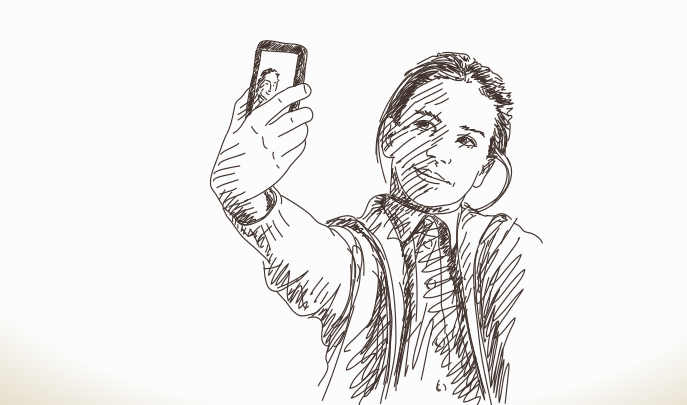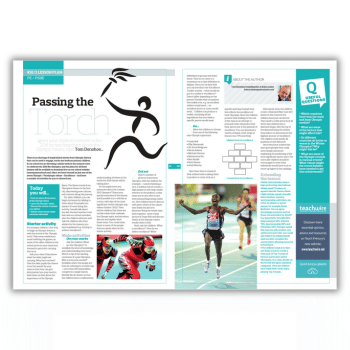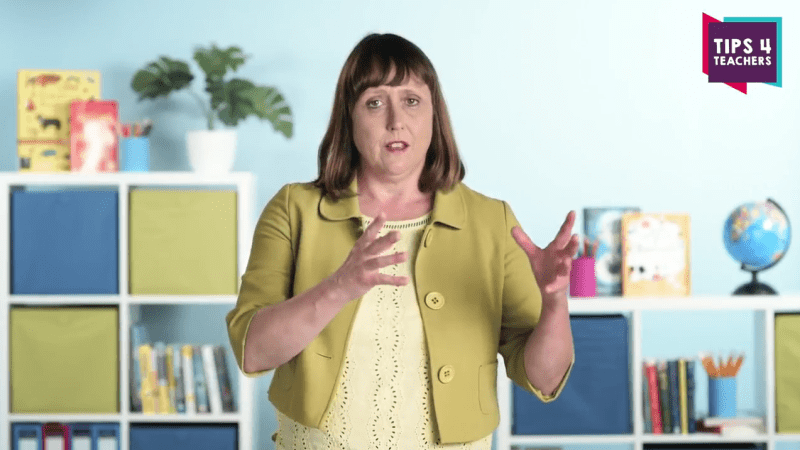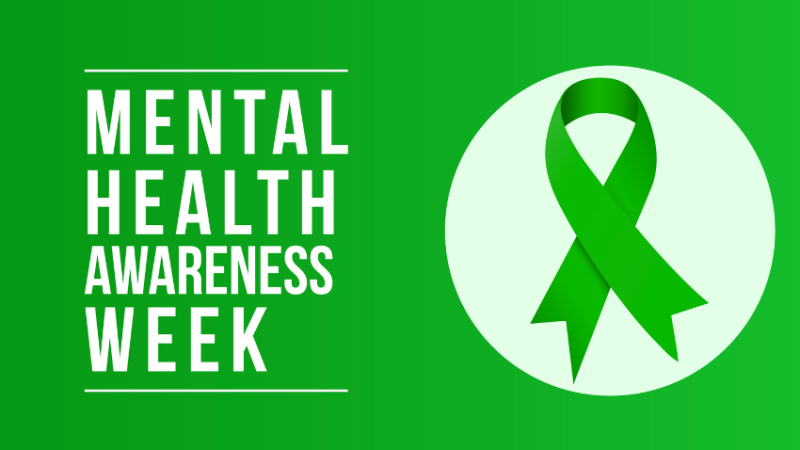Teaching The Selfie Generation: Body-Confident Students Are Happier, Healthier And Learn Better

Fifty-two percent of all students aged 11 to 16 often worry about the way they look, the third-highest concern among young people in the UK

Throughout history, fashions have fluctuated and common perceptions about the ‘perfect’ body have changed constantly. However, these days there has never been so much pressure for both boys and girls to conform to a particular look.
According to research from the YMCA, body image is now the third highest concern among young people in the UK. As adults, we find it hard enough to disconnect from celebrity and selfie culture, rising obesity and the promotion of diet trends – so it’s not difficult to see how this effect is amplified for young people.
We also know that this is no longer a female-only issue. While it’s well understood that girls can struggle with body confidence, new research from the Be Real Campaign shows 40% of 11-16 year-old boys would consider using protein shakes or supplements to change the way they look. Furthermore, the research shows half of all students (52%) aged 11 to 16 often worry about the way they look.
What is body image and why is it important?
This phrase ‘body image’ is often used in the media, but rarely with a mutual understanding of its definition. Body image is the picture all of us have in our heads of how we look – our appearance, our shape, our size – and how we feel and think about that. It can be positive or negative. If we don’t like our bodies – and it seems that many people today are in this position – then it can have a devastating effect on how we live our lives.
Body confidence is when someone accepts, appreciates and thinks and behaves positively in relation to their body and appearance. An effective PSHE scheme should aim to ensure everybody in the school can be body confident.
This is vital in schools, not least because the link between academic achievement and personal well-being is well established. As reported by Public Health England (PHE) in 2014, pupils with better health and wellbeing are likely to achieve better academically.
PHE also reported that the culture, ethos and environment of a school influences the health and wellbeing of pupils and their readiness to learn. It concludes that there is a strong correlation between schools that achieve a high grade for PSHE and those that are graded outstanding for overall effectiveness.
In numbers: young people and body image
At any one time, it would be safe to assume that a large proportion of the female population is on a diet. Over 50% of women say their body disgusts them.
It shouldn’t be overlooked that the development of an eating disorder is classified as a serious mental illness – and eating disorders are responsible for the highest number of deaths from psychiatric illness.
Of the one million people affected by eating disorders in the UK, 14-25 year-olds are most at risk and 10% of that total are male.
We can see these problems developing in our students’ formative years, with more than a third of students aged 11-16 reporting that they would do “whatever it takes” to look good. Nearly half of all girls aged 11-14 say they would opt out of everyday activities because they don’t like how they look.
In contrast, adolescent girls with better self-esteem have greater confidence in their ability to do maths and to do better academically.
The good news is that around three-quarters of students aged 11-16 who learn about body confidence in school have reported that it made them feel more positive about themselves. This can have a resounding effect on their lives now and in the future.
What role can schools play?
Young people learn best when they are able to cope with learning. Feeling positive about oneself is the best condition for learning to take place – and good self-esteem is at the heart of feeling positive.
Therefore a whole-school culture is vital to creating a community that is actively promoting self-esteem. The consideration should be for everybody’s self-esteem – staff, students, parents and the wider community.
Implementing a mixture of classroom teaching and whole-school practices can help to change attitudes and improve confidence without requiring a lot of time.
Similarly, support from the senior leadership team is essential to ensure body confidence is embedded throughout the school, but addressing body confidence should not require a lot of additional leadership work.
What can schools do to improve their students’ self-esteem?
The effects of having body confidence (or lacking it) are wide reaching, including a direct impact on academic participation and performance. If students need extra support, you could refer them to an appointed body confidence champion in the absence of a pastoral lead.
Alternatively, the following sources of support are recommended by the PSHE Association:
• Body confidence resources for parents and teachers, including a free workshop tour: Dove Self-Esteem Project
• New national campaign from Dove and YMCA providing a school toolkit: The Be Real Campaign
• Further advice and support on eating disorders, including opportunities for visits from ambassadors: Beat, the UK’s eating disorder charity
• Supporting pupils with disfigurement: Changing Faces
• Leading mental health ambassador and PSHE educator Pooky Knightsmith (inourhands.com)
TEACH IT!
5 tips for a great PSHE lesson on body confidence
1. Check your school’s policies and procedures Familiarise yourself with this information, incorporate it into your lesson plan and provide students with relevant guidance. It may be that the school has other obesity and healthy eating initiatives running concurrently within the school. It may also be that school procedure needs to be updated.
2. Set clear ground rules Ground rules are the building blocks for an open discussion. Pupils should feel confident that the conversation will not leave the room, that they have a right to not answer certain questions and that the language of others will be fairly measured.
3. Use external resources and imagery with care Images can convey a powerful message, but avoid using anything shocking, as this could have unintended consequences. Avoid depicting only one gender, body type, ethnicity or lifestyle. Do also bear in mind that images of models and celebrities do not necessarily send a clear message.
4. Give a variety of new activities It’s really important that the session generates open conversation between students, while giving everybody a chance to contribute. To get those conversations going, a variety of activities in differing group sizes could include small team debates, group research and presentation, free drawing sheets or conversation rounds.
5. Ask your pupils beforehand, speak with parents afterwards After your class, it’s really beneficial to share best practice with parents, who are invariably keen to learn more. You may want to include a session on self-esteem in existing parent programmes, or share information via regular school communications.
Lesley de Meza is a PSHE practitioner, trainer and author, specialising in education about sex, relationships, drugs and emotional wellbeing.











